|
It is my time to become my personal Ontology. Ontology is the branch of metaphysics dealing with the nature of being. It is a set of concepts in a subject area that shows their properties and the relations between them. The subject area is me becoming my visual images. My art, my drawings and paintings, are destined to exhibit the nature of my being by visually connecting the properties of myself and the properties of my images. If successful, the properties of myself, and those of my images, will be the same. Ontology is the branch of philosophy that studies concepts such as existence, being, becoming, and reality. It includes the questions of how entities are grouped into basic categories and which of these entities exist on the most fundamental level. Ontology is sometimes referred to as the science of being and belongs to the major branch of philosophy known as metaphysics. Ontologists often try to determine what the categories or highest kinds are and how they form a system of categories that provides an encompassing classification of all entities. Commonly proposed categories include substances, properties, relations, states of affairs and events. These categories are characterized by fundamental ontological concepts, like particularity and universality, abstractness and concreteness, or possibility and necessity. Of special interest is the concept of ontological dependence, which determines whether the entities of a category exist on the most fundamental level. Disagreements within ontology are often about whether entities belonging to a certain category exist and, if so, how they are related to other entities.[1] ºWhen used as a countable noun, the terms "ontology" and "ontologies" refer not to the science of being but to theories within the science of being. Ontological theories can be divided into various types according to their theoretical commitments. Monocategorical ontologies hold that there is only one basic category, which is rejected by polycategorical ontologies. Hierarchical ontologies assert that some entities exist on a more fundamental level and that other entities depend on them. Flat ontologies, on the other hand, deny such a privileged status to any entity. Parmenides was among the first to propose an ontological characterization of the fundamental nature of reality.
Positive forms are always important. Balance of negative and positive can occur when negative space is recognized as brilliantly important. Negative/positive balance does occur naturally, from atoms to the earth's environment. These drawings illustrate my embrace of balance. Terrible is the result when things are out of balance; witness global warming.
Color balance brings harmony to a composition. Dynamic color imbalance causes disturbing emotional reactions, which may be useful to self-expression. Negative/positive space imbalance should be explored for self-expressive purposes. 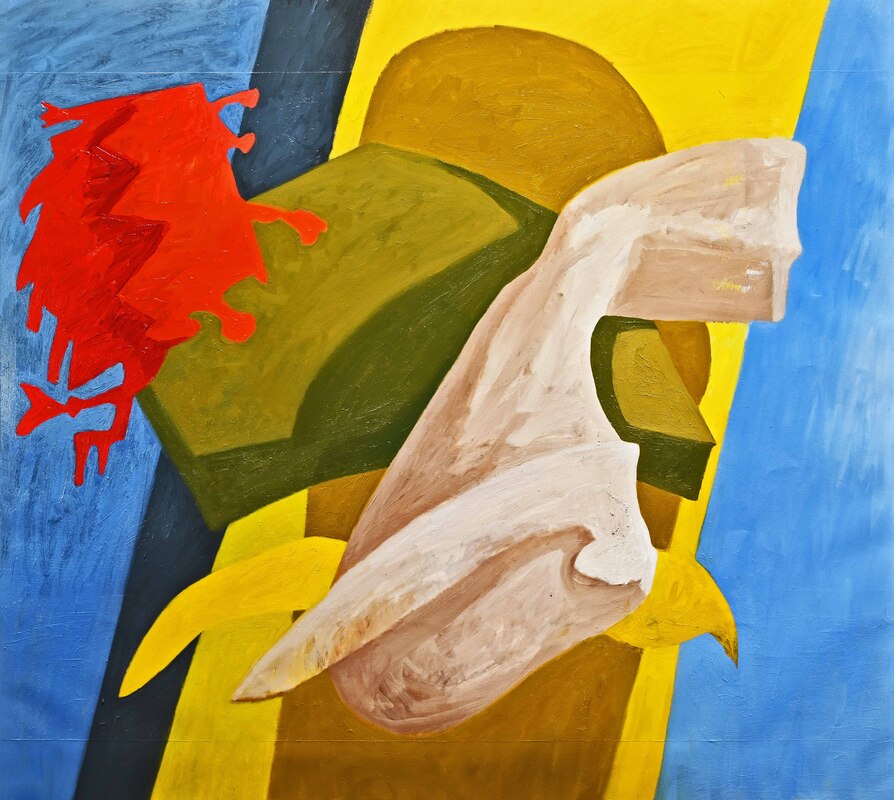 "Tonstant Weader Fwowed Up" (2021 No.10, state 7), oil on canvas, 56x62¼ inches, {"And it is that word 'hummy', my darlings, that marks the first place in 'The House at Pooh Corner' at which Tonstant Weader fwowed up." - Dorothy Parker (1893-1967), in "The New Yorker", 20 October 1928, reviewed by Dorothy Parker as "Constant Reader"} The painting, "Tonstant Weader Fwowed Up", is pushing the foundation of my art-making. I am shoving it onward, to wherever it insists it wishes to be. This is not easy. I am not reluctant. I am scared. I am in wonderment. Am I the person I believed myself to be? I am not. I am more. I am more complex than I understand. I understand little compared to what I know.
This drawing took me several days to complete. It is in search of a strong, central theme, like "Tonstant Weader Fwowed Up". My insights are becoming real. I have thinking about the all-over design of the things. My first thought in making the last couple drawings, and the last painting, was about the all-overness of the design. I began yesterday's drawing (the one shown today), with all-over touches of the pencil. This forced me to deal with every aspect of the blank, white paper in front of me; I think successfully. This drawing is dramatic, referential, abstract, well composed, and insists upon the viewer's center stare while begging for the viewer's eye to wander in lust. The black areas dart around the paper, and the lighter value areas are systematically, strategically packed; this makes for easy visual comprehension of the total design while dwelling on the all-over.
Too simple? Too complex? Too simple? Too Complex? Yes, but... I don't think either "too simple"or "too complex" is true if composition centers the answer. My goal is make my art impossible to look away. Thus, I go back and forth, simple, complex, simple, et cetera; testing and researching. Look at yesterday's post to see what I mean.
Today's drawing may have a touch of both simple and complex. It is definitely a limited affair compared to the drawing I posted yesterday. My work in this world is pushing, shoving, digging, unearthing. I work, I seek, I find. I believe I am getting better, better all the time, because I am better at following clues, following my nose. Bit by bit I unearth truth revealed as circumstance; each circumstance is built on years of my experiential living, and years of work by those who came before. I am a participant in a cultural revelation, which sometimes feels like a cultural revolution. I do believe we can become who we are meant to be. This journey is instigated by a destination unrealized. I have found a foundation. My work is to construct upon that foundation, one block at a time, one step at a time. Today I give you one step along my way.
On his deathbed, at 88 years of age, Michelangelo complained, "Why must I go now? I am just learning the alphabet of my profession." I do worry. I seek perfect clarity. What I seek is better proclaimed as pellucidity. Pellucidity is difficult, if not impossible, to achieve in one's lifetime. Pellucidity is defined as "lucid in style or meaning; easily understood." I strive to be lucid. I make Art. Always I walk away from my products knowing full success has not quite been achieved, Yes, but... I can, and I must, become pellucid.
Yesterday's drawing was better than the two that preceded it. Is it perfect, correct, pellucid? No way! Today I go back in search of my clarity. I seek intellectual and emotional pellucidity. I want pellucidity to inhabit my works of Art. The beat goes on till the painting has been executed by query. All questions must be answered before a painting can go to its rest. There are miles to go on this one, "Find a Man". And as I meander my way through its execution I am finding a man.
I am surprising myself. It is fun to abstract visual truth found in my walk-around reality. I do not know if viewers comprehend the twists and turns advanced upon my visual references, the ones that appear in my artwork. Do I care? This is my imagery. I am sending visual messages out into the world. Each viewer will interpret these images differently. Each will comprehend my images based on their own walk-around reality.
Yesterday I enjoyed making the drawing I show today. In its making I performed like a practiced acrobat: muscle memory, intellectual memory, and emotional memory performed as one. During its making I knew right from wrong, a righteous mark from a fallacious one. My approach in making this painting feels new. I act with a steady hand, a true hand; slowly, introspectively, with caution, deliberation, then with confidence. I know what I am doing. I know what I am making. This is truth-telling in action. The result is true. This is how Art should be made: deep, unexplainable, intuitive knowledge in genesis as real. It is my vision made into visual reality.
The title of this painting, "Find a Man", is apt. "When we see a natural style, we are astonished and delighted; for we expected to find an author, and we find a man." -Blaise Pascal |
To read my profile go to MEHRBACH.com.
At MEHRBACH.com you may view many of my paintings and drawings, past and present, and see details about my life and work. Archives
April 2024
|
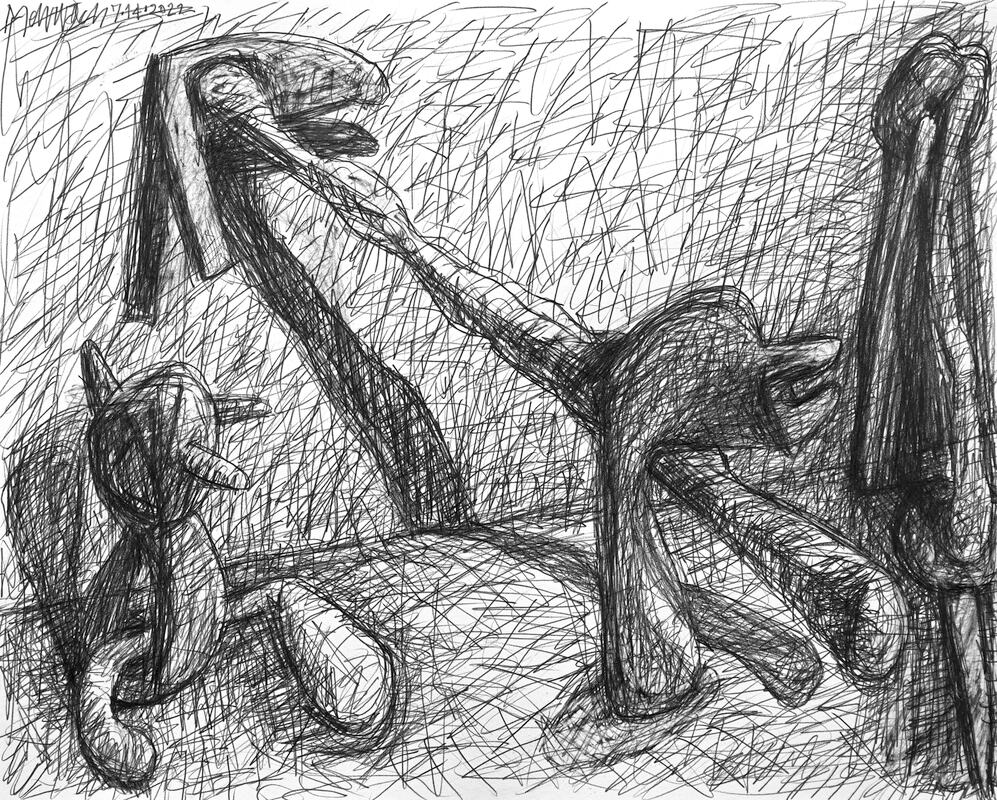

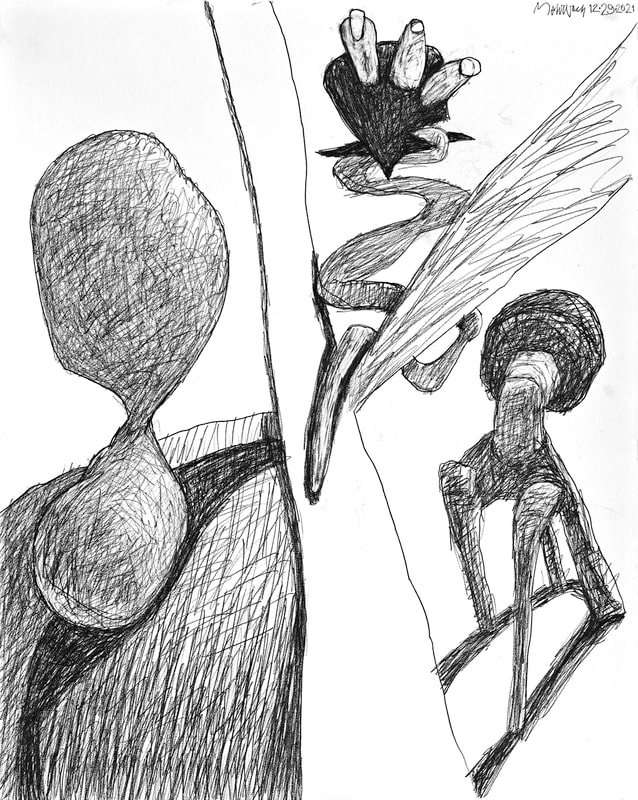






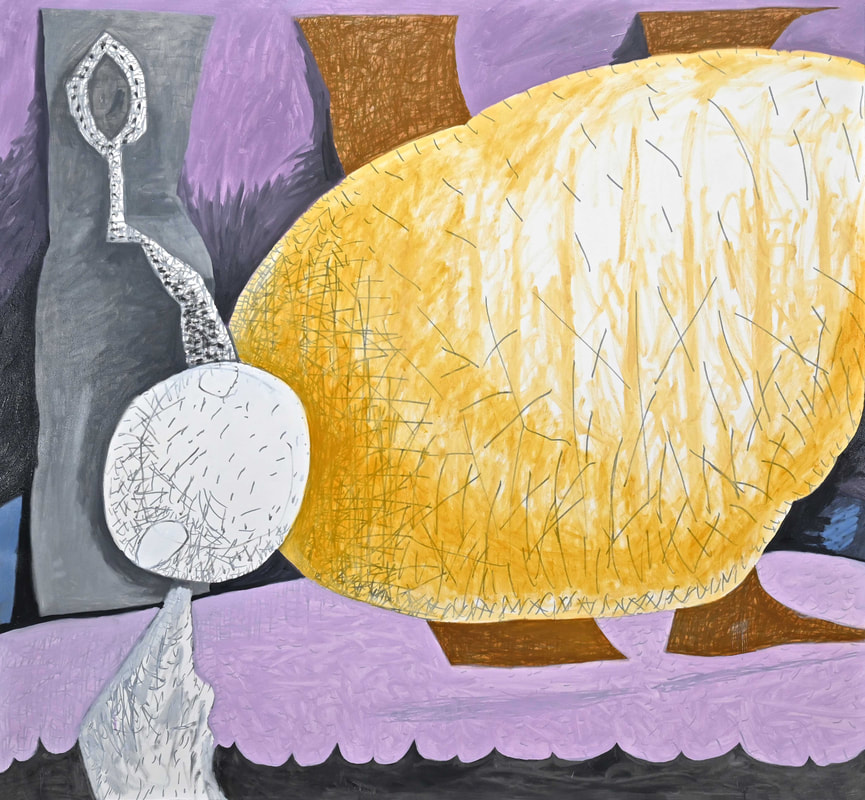
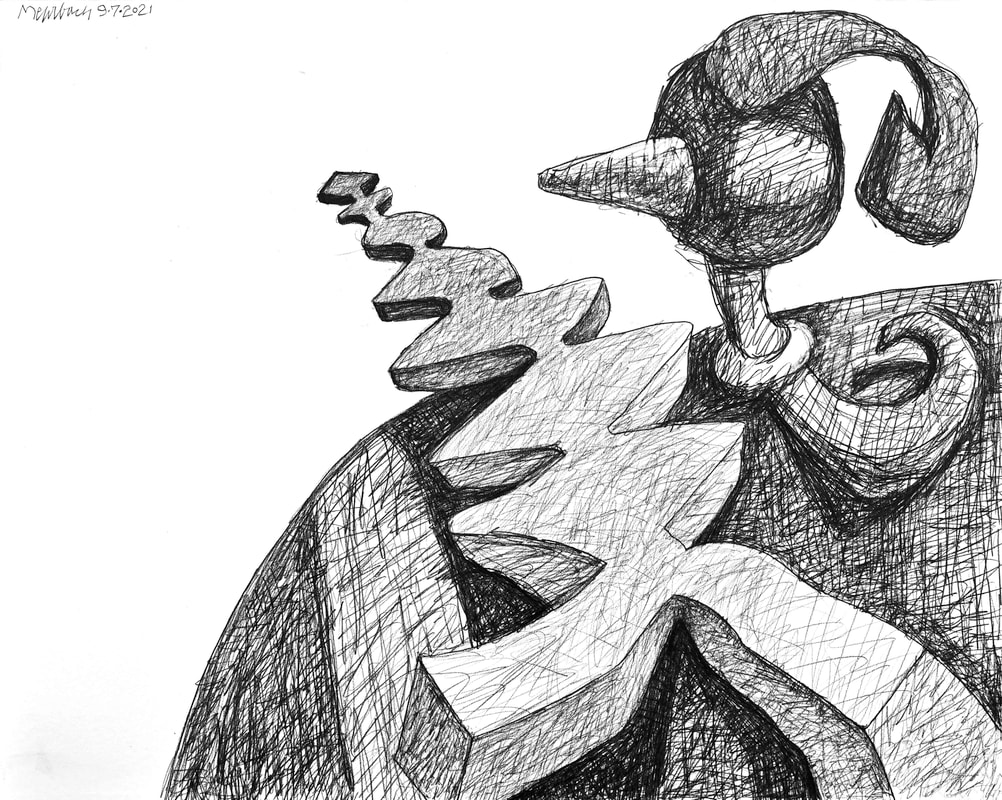
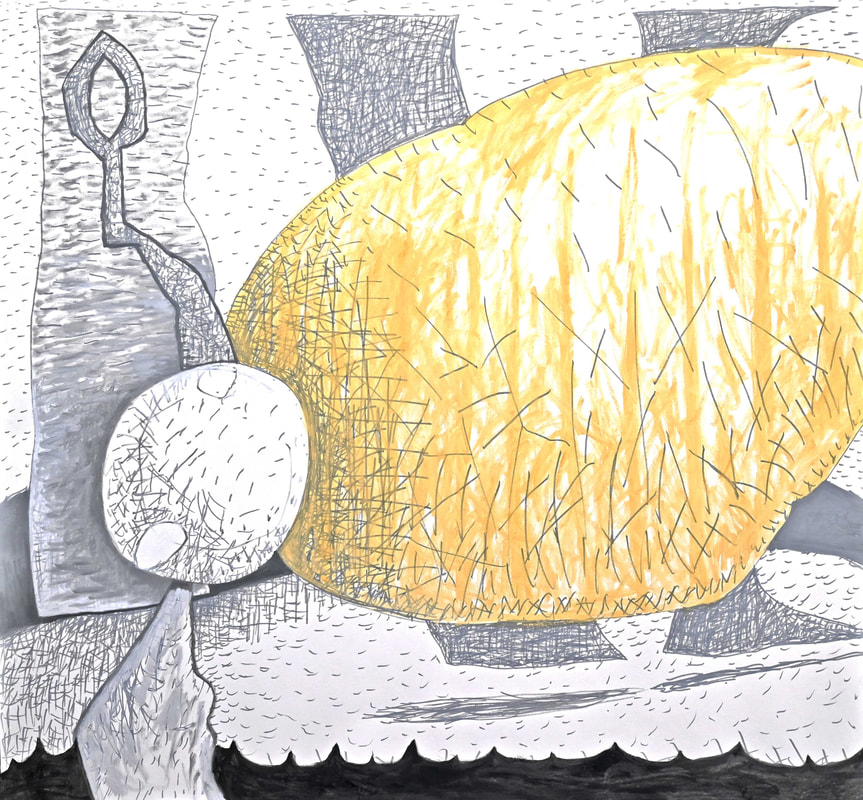
 RSS Feed
RSS Feed